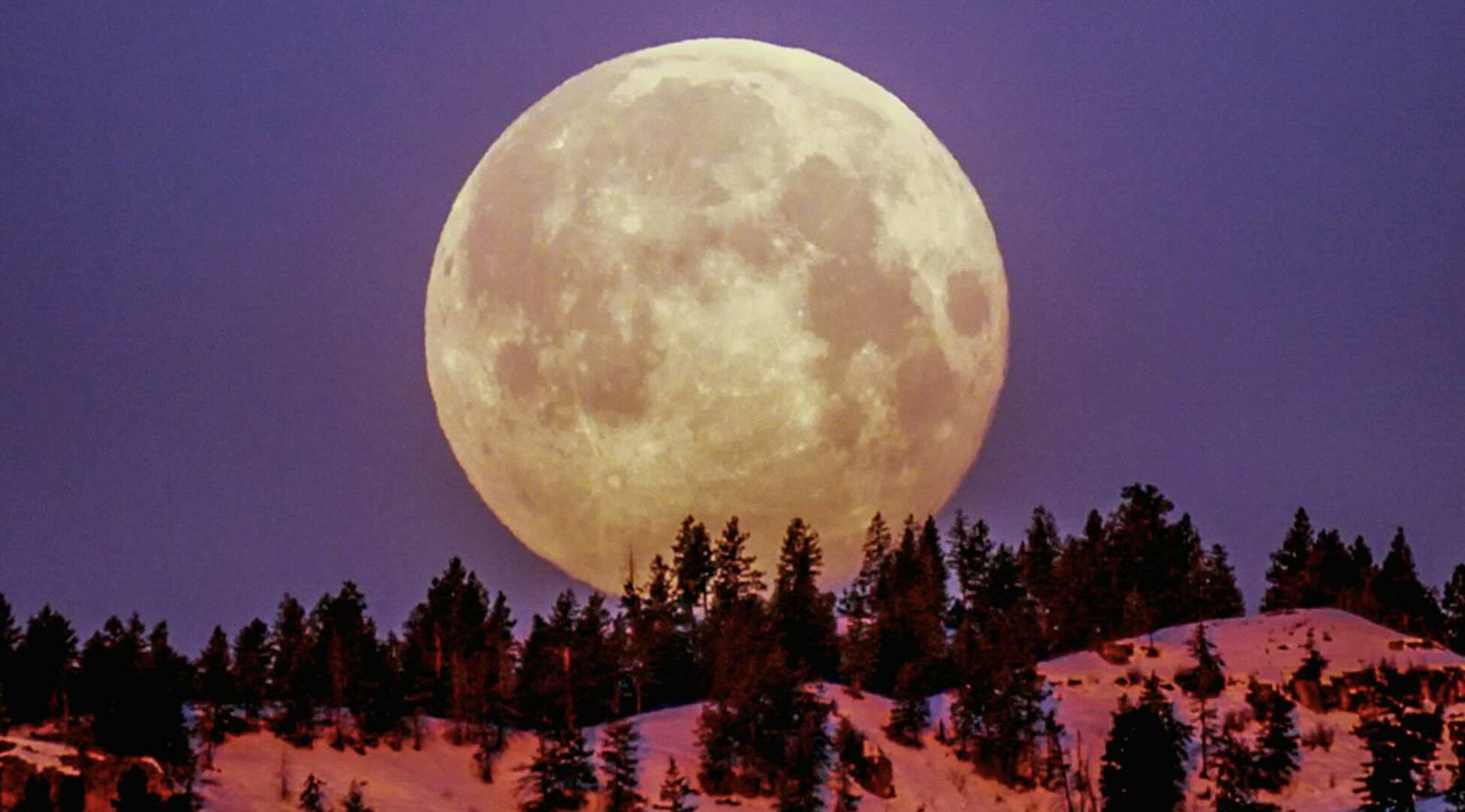Researchers using wildlife tracking cameras in numerous remote forests worldwide have revealed the effect a full moon has on the behavior of a wide range of animal species.
Past observations that include violent crime statistics, hospital admissions, and even data on vehicular accidents has often suggested that a full moon can alter the behavior of humans and animals. However, the recent research succeeded at directly observing the effects of the moon’s various phases on animals living in the wild.
According to the study’s authors, roughly half of the animals captured on remote wildlife cameras changed their behavior in response to a full moon. However, the most pronounced behavior changes were witnessed in predatory animals and their prey, suggesting that the increased light of a full moon may directly affect the animals’ survival instincts.
“Imagine playing hide-and-seek in a dark room, and then somebody lights a candle,” explained Richard Bischof, professor at the Norwegian University of Life Sciences (NMBU), in a press release announcing the team’s findings. “The light, even if it is weak, may make it easier for you to find your way around the room. But if you are the one hiding, you suddenly become a lot easier to detect.”


To evaluate the effects of a full moon on animal behavior, the research team analyzed over 2 million images captured by wildlife cameras placed within 17 protected forests across three continents. Operated by the Tropical Ecology Assessment and Monitoring Network, these cameras recorded the nocturnal and diurnal behavior of 86 mammal species that inhabit these forests.
While half of the animals showed some at least general change in their routine based on the added light of a full moon, 15 of the 86 showed the most measurable changes. Of that group, 12 altered their regular nighttime behavior to avoid the added light, while three appeared attracted to the additional illumination.


“These were the species with the most pronounced reactions,” Bischof explains. “However, half of all the species responded to lunar phases. Either by changing their nocturnal habits, altering their overall activity levels, or both.”
Across the larger group of animals who showed at least some alteration of the routine based on the moon’s phases, roughly 30% showed increased avoidance of the additional moonlight. Conversely, around 20% of the larger group who showed some behavior modification showed an increased attraction to the added illumination.


According to Bischof, the study showed that light directly affects animal behavior. He also says that understanding how these changes could affect the survivability of various species is becoming increasingly important, as human activities like logging can reduce the forest canopy.
Bischof and his colleagues’ findings are similar to other recent studies which suggest how animal behavior in response to lunar phases appears to be linked to a rise in vehicular accidents, particularly in rural areas where there is less light pollution from cities. Similarly, Bischof says that adding road lights and buildings in remote areas can increase the amount of artificial light that seeps into these otherwise wild habitats, which may also have an impact on how these animals behave.
“If these results extend to artificial light, loss of dark nights could curtail the amount of time animals invest into foraging and other important activities,” Bischof said. “There is a risk that we are fundamentally altering both species composition and species interactions in tropical forest communities through light conditions alone.”
The study “The moon’s influence on the activity of tropical forest mammals” was published in Proceedings of the Royal Society B.
Christopher Plain is a Science Fiction and Fantasy novelist and Head Science Writer at The Debrief. Follow and connect with him on X, learn about his books at plainfiction.com, or email him directly at christopher@thedebrief.org.

